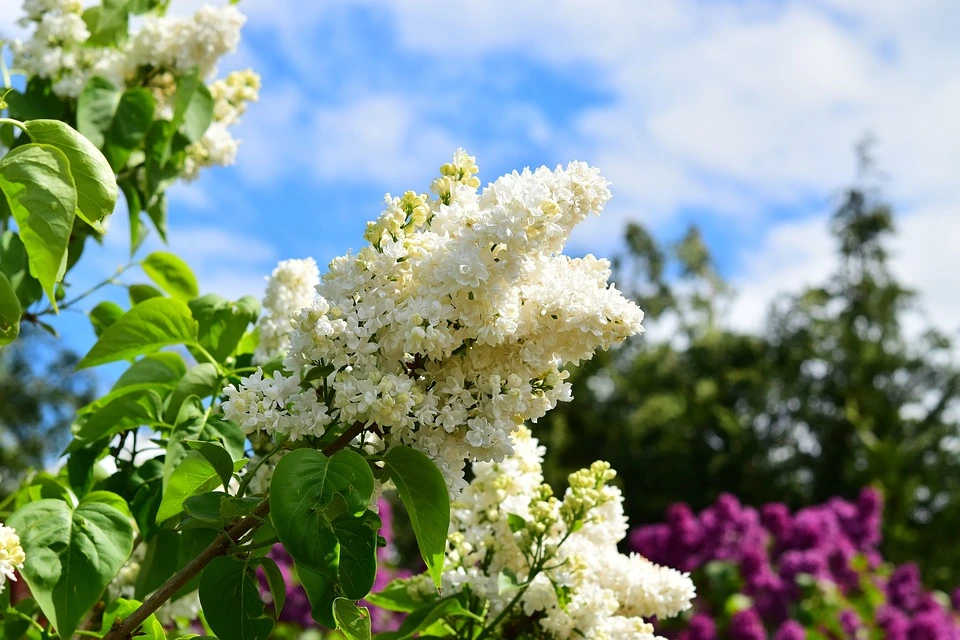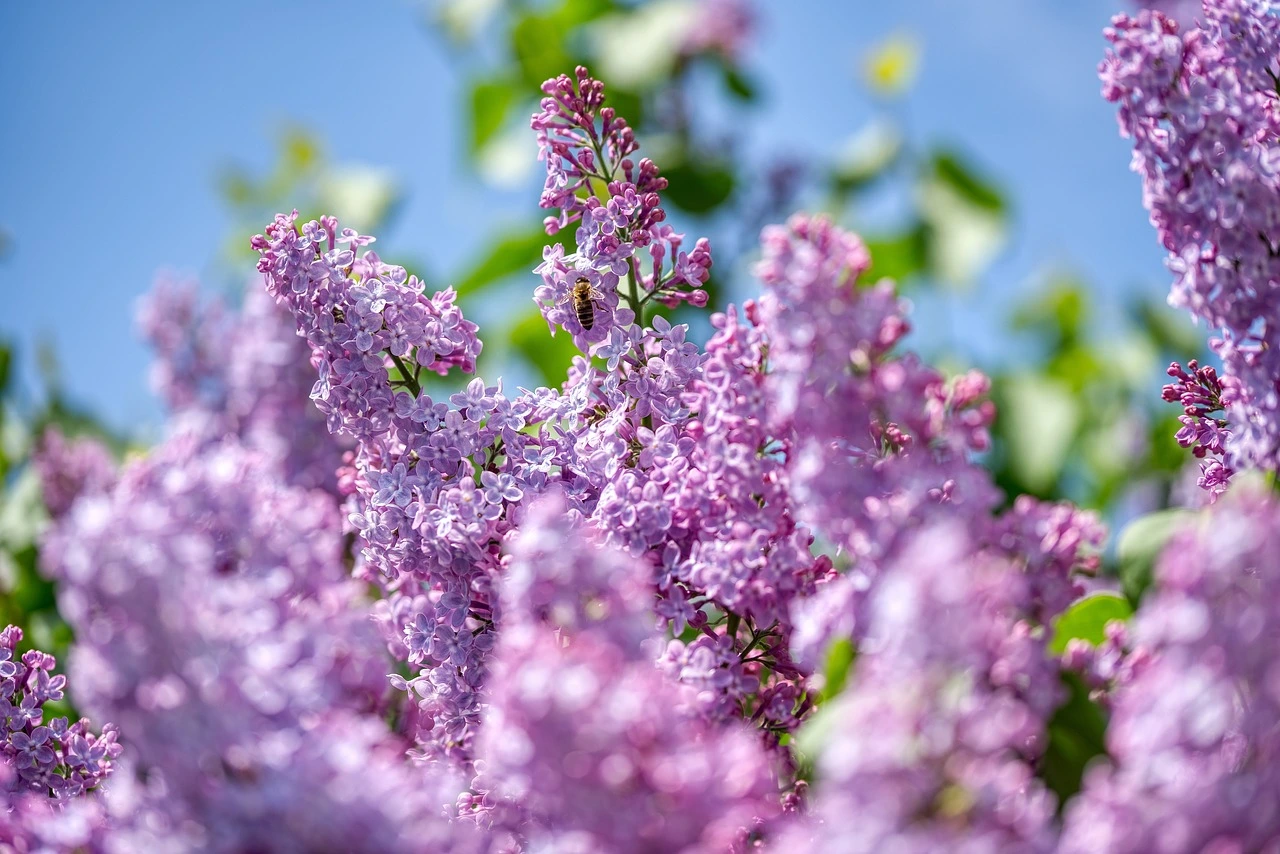The lilac tree is a beloved ornamental plant known for its fragrant blossoms and vibrant colors. With its roots in ancient cultivation, lilacs have become a staple in gardens worldwide. This editorial provides a deep dive into the world of lilac trees, varieties, care requirements, and benefits. Whether you’re a seasoned gardener or new to landscaping, this data-driven guide will help you understand everything you need to know about lilac trees.
What is a Lilac Tree?
A lilac tree (Syringa) belongs to the Oleaceae family, which includes olive and ash trees. Native to the temperate regions of Eastern Europe and Asia, lilacs are renowned for their vibrant, fragrant blooms that appear in mid to late spring. These trees, or large shrubs, can grow up to 20 feet tall depending on the variety, making them versatile for different landscape designs.
Common Varieties of Lilac Trees
There are several popular varieties of lilacs, each with its unique characteristics:
- Common Lilac (Syringa vulgaris): Known for its large clusters of purple flowers.
- Japanese Tree Lilac (Syringa reticulata): A small tree that blooms later in the season with creamy white flowers.
- Persian Lilac (Syringa persica): A smaller variety with pale lavender blooms.
- French Hybrid Lilac: A hybrid variety bred for larger flowers and a stronger fragrance.
Benefits of Planting a Lilac Tree
Aesthetic Appeal
Lilac trees are highly sought after for their stunning, showy blooms. With shades ranging from deep purples and pinks to white, they create a colorful focal point in any garden. They also bloom for several weeks, offering long-lasting beauty in the landscape.
Fragrance
One of the standout features of lilac trees is their strong fragrance. Lilac scents are often used in perfumes and other beauty products due to their sweet and nostalgic aroma. Many gardeners plant lilacs near windows or outdoor seating areas to enjoy their scent during the bloom period.
Low Maintenance
Once established, lilac trees are relatively low-maintenance plants. They are drought-tolerant, cold-hardy, and resistant to most pests and diseases, making them ideal for gardeners who want a low-effort ornamental tree.
Wildlife Attraction
Lilac trees attract pollinators such as bees, butterflies, and birds. Their nectar-rich flowers provide food for pollinators, contributing to local ecosystems and promoting biodiversity in your garden.

How to Grow a Lilac Tree: Step-by-Step Guide
Growing a lilac tree is relatively simple if you follow the correct steps. Here’s a detailed guide to help you plant and care for your lilac tree:
Step 1. Choosing the Right Location
Lilac trees thrive in full sun, meaning they need at least six hours of direct sunlight per day to produce abundant blooms. They thrive in well-drained soil enriched with organic matter. Avoid planting lilacs in areas with heavy clay soils or where water tends to pool.
Step 2. Planting Your Lilac Tree
The best time to plant lilac trees is in early spring or fall, allowing them to establish roots before extreme weather conditions hit. Follow these steps for successful planting:
- Dig a hole twice the width of the tree’s root ball but not deeper than the root ball itself.
- Place the tree in the hole, ensuring the root flare (where the roots meet the trunk) is level with the ground.
- Fill the hole with a mix of native soil and organic compost.
- Water the tree thoroughly after planting.
Step 3. Watering and Fertilizing
Lilac trees need regular watering during the first year after planting to establish strong roots. Once established, they can tolerate dry conditions. Water deeply during drought periods to prevent stress. Fertilize in early spring with a balanced fertilizer to encourage healthy growth and blooming.
Step 4. Pruning Lilac Trees
Pruning is essential to keep lilac trees healthy and promote new growth. Prune your lilac tree right after flowering to remove spent blooms and dead branches. Avoid heavy pruning in late summer or fall, as this can reduce next year’s bloom potential.
Step 5. Pest and Disease Management
Lilacs are generally resistant to pests and diseases, but they can occasionally suffer from powdery mildew or lilac borers. To prevent issues, ensure your lilac has good airflow by spacing it properly and avoid overwatering. Neem oil or insecticidal soap can be used to treat any infestations.
Climate and Soil Requirements for Lilac Trees
Climate Zones
Lilac trees are best suited for USDA hardiness zones 3-7. They thrive in cooler climates, making them ideal for regions with cold winters and temperate summers. Hot, humid climates can stress lilac trees, reducing their lifespan and bloom quality.
Soil pH
Lilacs prefer a slightly alkaline soil with a pH of 6.5 to 7.5. A home testing kit can help you check your soil’s pH level. If your soil is too acidic, adding lime can help raise the pH and create a more favorable environment for your lilac tree.
Drainage
Well-drained soil is crucial for lilacs. Poor drainage can lead to root rot, which will weaken the tree and inhibit growth. If your soil is dense or clay-like, try adding compost or sand to enhance drainage.
Common Problems with Lilac Trees and How to Fix Them
Powdery Mildew
Powdery mildew is a common issue with lilac trees, especially in humid climates. This fungal disease manifests as a white, powdery layer on the leaves. To prevent powdery mildew, ensure your tree has adequate spacing for good airflow and avoid overhead watering.
Poor Blooming
If your lilac tree isn’t blooming, it could be due to insufficient sunlight, improper pruning, or nutrient imbalances. Ensure your tree is getting enough sun and avoid over-fertilizing, as too much nitrogen can lead to excessive leaf growth at the expense of flowers.
Pests
The lilac borer is a pest that can damage lilac trees by tunneling into the branches. Signs of an infestation include wilting branches and sawdust around the base of the tree. Prune and remove affected branches, and use insecticides if necessary.

Lilac Tree Varieties: Which One is Right for Your Garden?
Common Lilac (Syringa vulgaris)
The common lilac is the most widely grown variety, producing large clusters of purple or lavender flowers. It can grow up to 15 feet tall and is highly fragrant, making it a favorite among gardeners.
Japanese Tree Lilac (Syringa reticulata)
The Japanese tree lilac is a great choice for small spaces, as it grows in a more tree-like form than shrub-like. Its creamy white flowers bloom in early summer, making it a unique addition to any garden.
Dwarf Korean Lilac (Syringa meyeri ‘Palibin’)
This dwarf variety is perfect for small gardens or container planting. It grows to a height of around 4-5 feet and produces light purple flowers that bloom profusely in late spring.
Conclusion
The lilac tree is a beautiful and low-maintenance addition to any garden, offering stunning blooms and a delightful fragrance. With the right care, including proper planting, pruning, and pest management, lilacs can thrive for years, bringing joy to gardeners and passersby alike. Whether you’re growing lilacs for their beauty or their scent, following the guidance in this article will ensure your lilac tree reaches its full potential. For those seeking a long-lasting, fragrant, and easy-to-care-for tree, the lilac is a perfect choice.





Leave a Reply